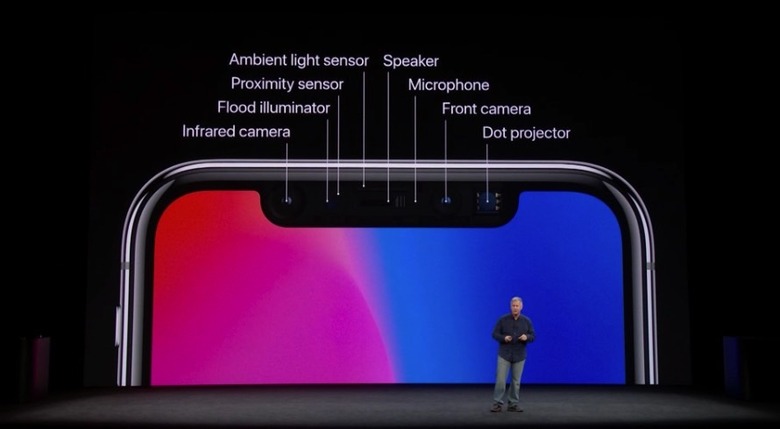Apple Explains What Caused Face ID To Fail During Its iPhone X Demo
One of the main features of the new iPhone X is the notch at the top that contains what looks like the most sophisticated facial recognition system seen in a smartphone to date. As expected, Apple explained the new technology during the keynote and offered those in attendance and viewers streaming the press conference across the globe a demo. However, the first iPhone X that Craig Federighi used did not work, surprising the exec who quickly moved to the backup device.
Some speculated that Face ID might be at fault, while experienced iPhone users quickly identified the problem as being a security protection built into iOS. Here's the moment when it happened:
Since then, Apple explained exactly what caused the failure, confirming existing theories. It turns out that iOS security is what caused the failure, Apple told Yahoo:
After examining the logs of the demo iPhone X, they now know exactly what went down. Turns out my first theory in this story was wrong—but my first UPDATE theory above was correct: "People were handling the device for stage demo ahead of time," says a rep, "and didn't realize Face ID was trying to authenticate their face. After failing a number of times, because they weren't Craig, the iPhone did what it was designed to do, which was to require his passcode." In other words, "Face ID worked as it was designed to."
You can already experience this error on the iPhone you're currently using by trying to Touch ID it with a finger that's not registered. After a few failed tries, you'll get the same error, only it'll say Touch ID instead of Face ID. You'll then need to enter the passcode on your phone to enable Touch ID before being able to use registered fingers to unlock it.
That also means that anyone repeatedly glancing at your iPhone X in the future will similarly stop Face ID from working unless the password is entered. So when you encounter the error, it'll probably mean that one of your family members or co-workers may have been trying to read your notifications while you were not paying attention to the phone.
